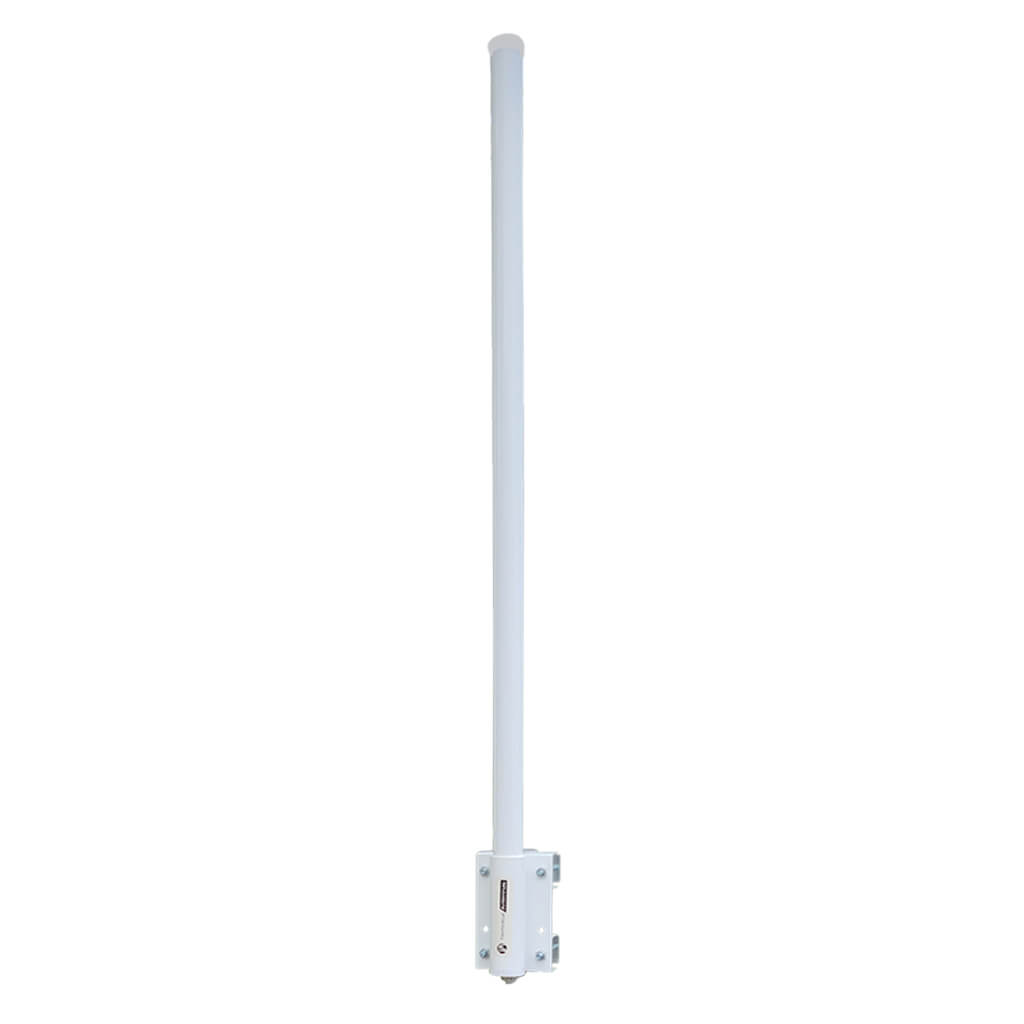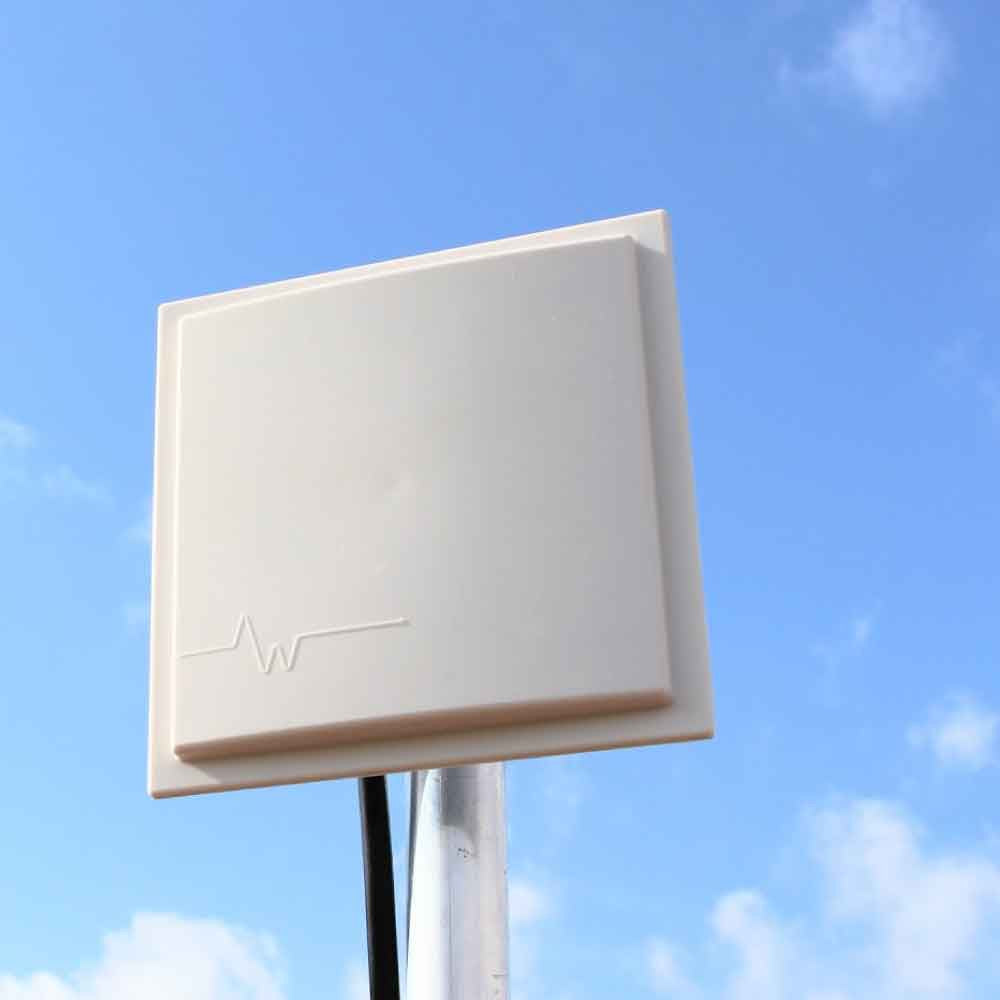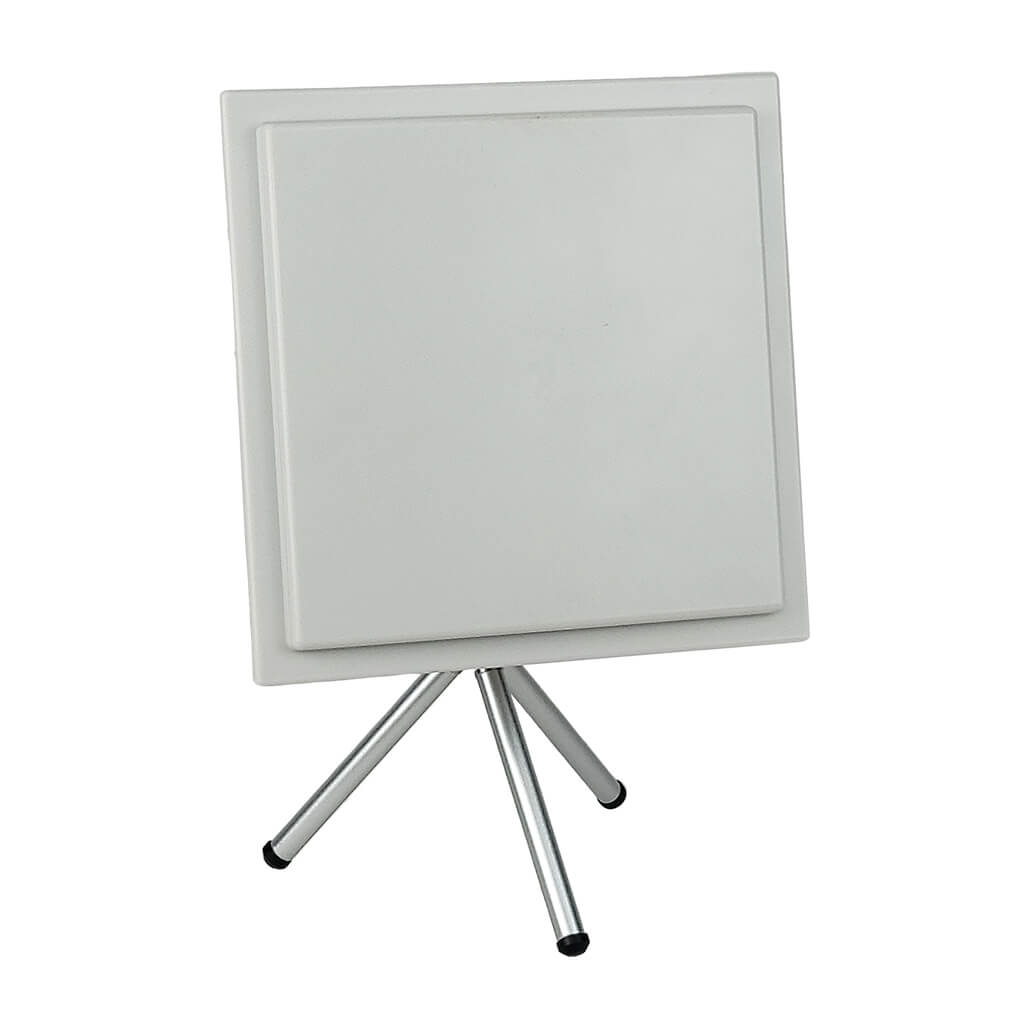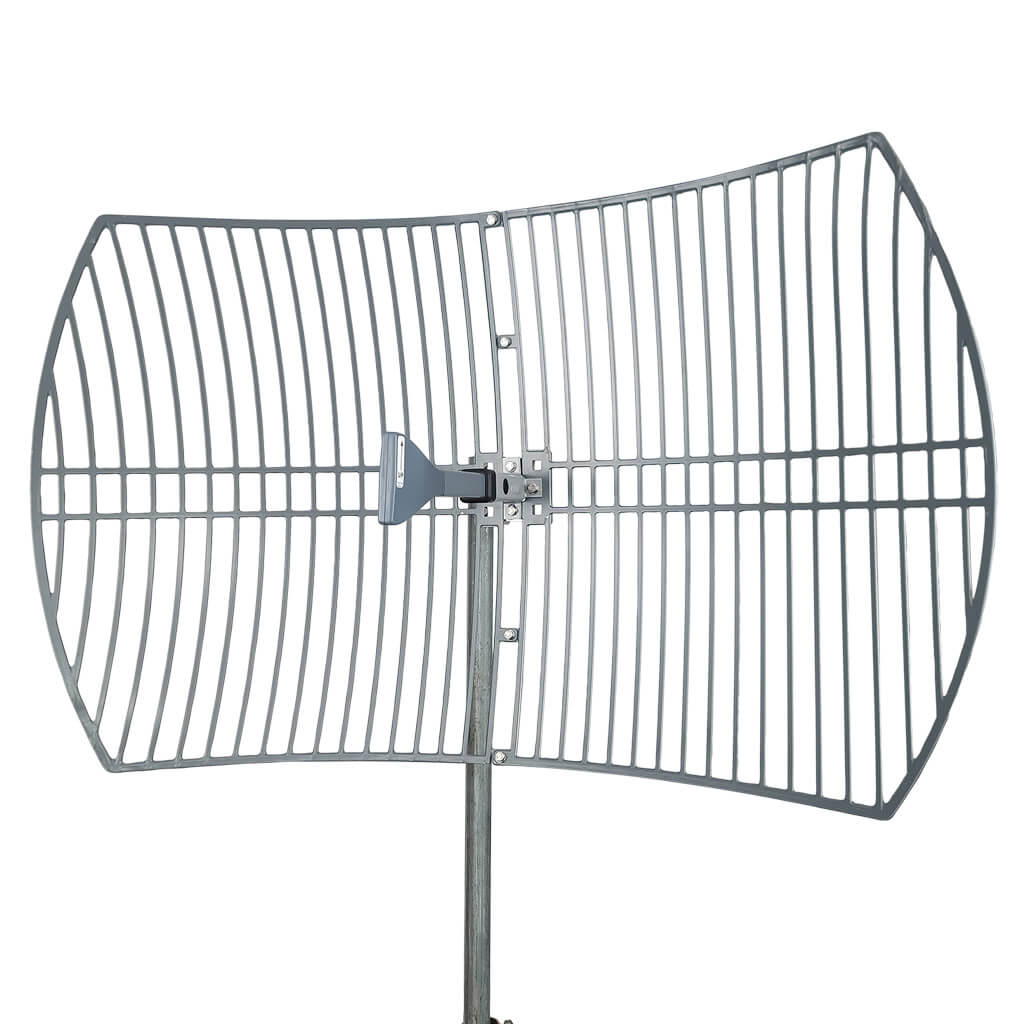Simple WiFi offers several different types of WiFi antennas include Grid Parabolic Antennas, Omni Antennas, Yagi 14dBi Single and Dual Band along with Yagi WiFi Extender - Long Range High Speed Wi-Fi Distance Booster and Panel Antennas for 2.4 GHz and 5.7 GHz.









